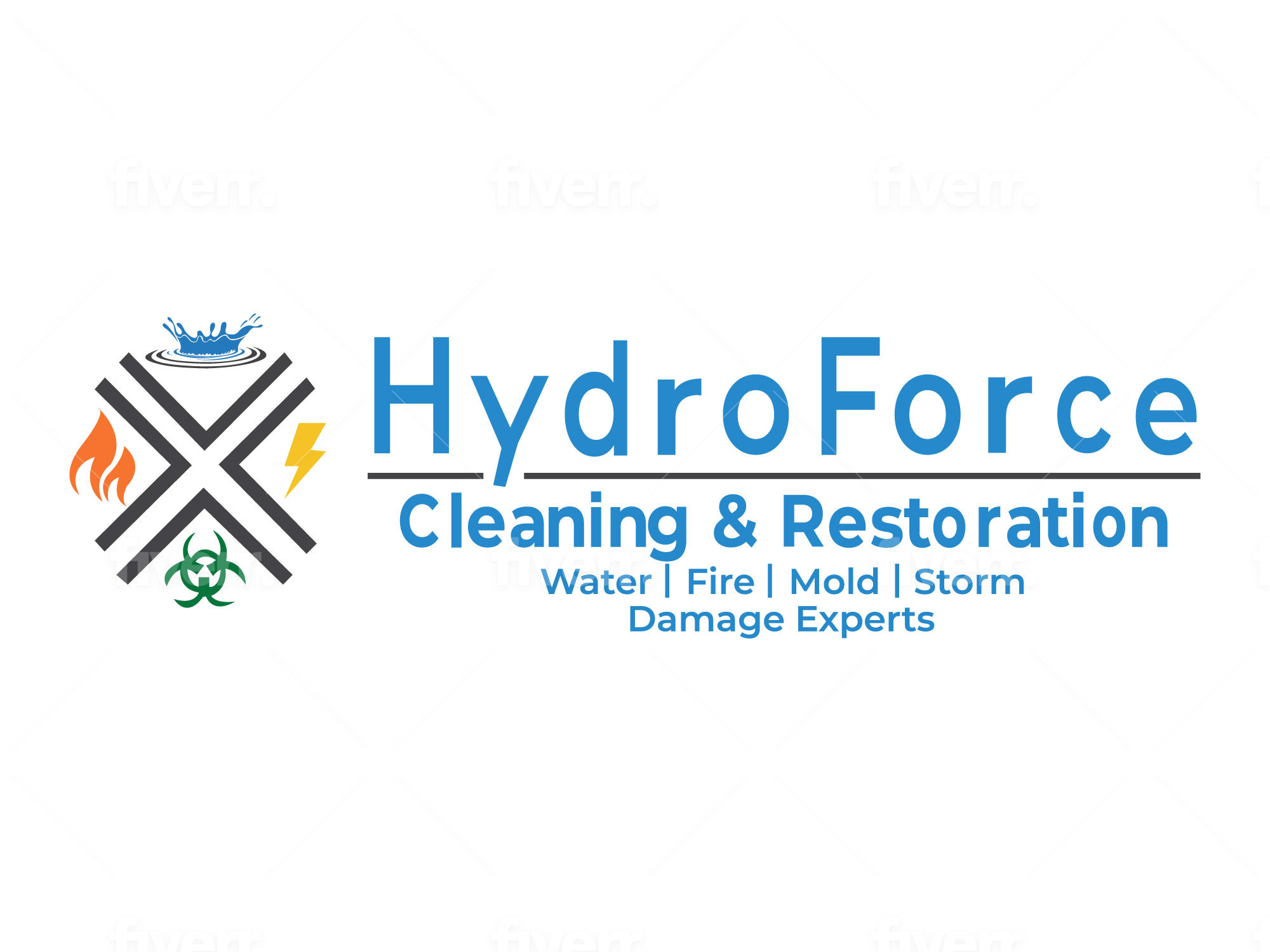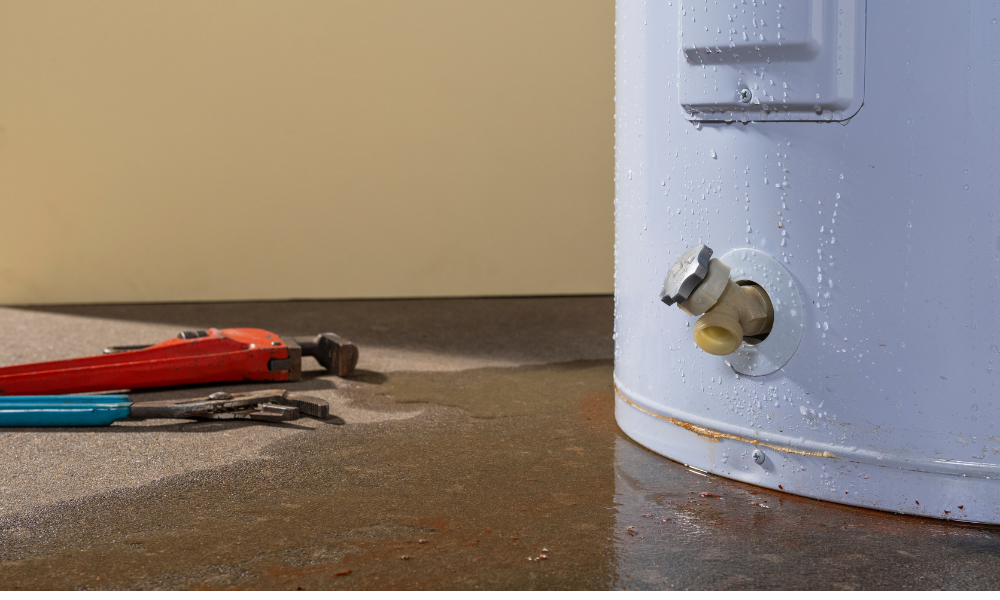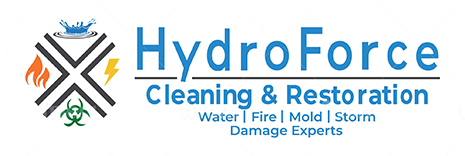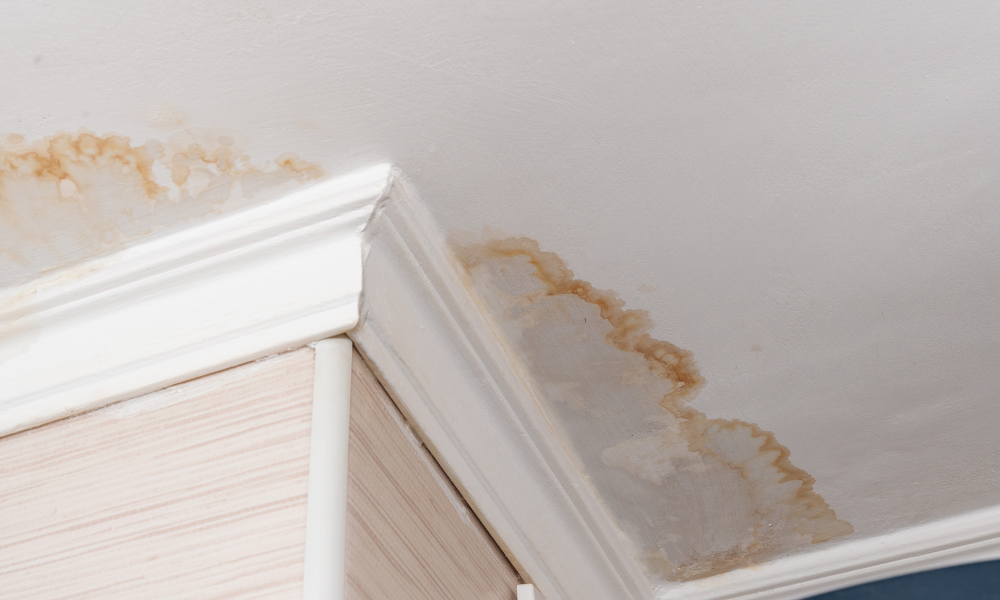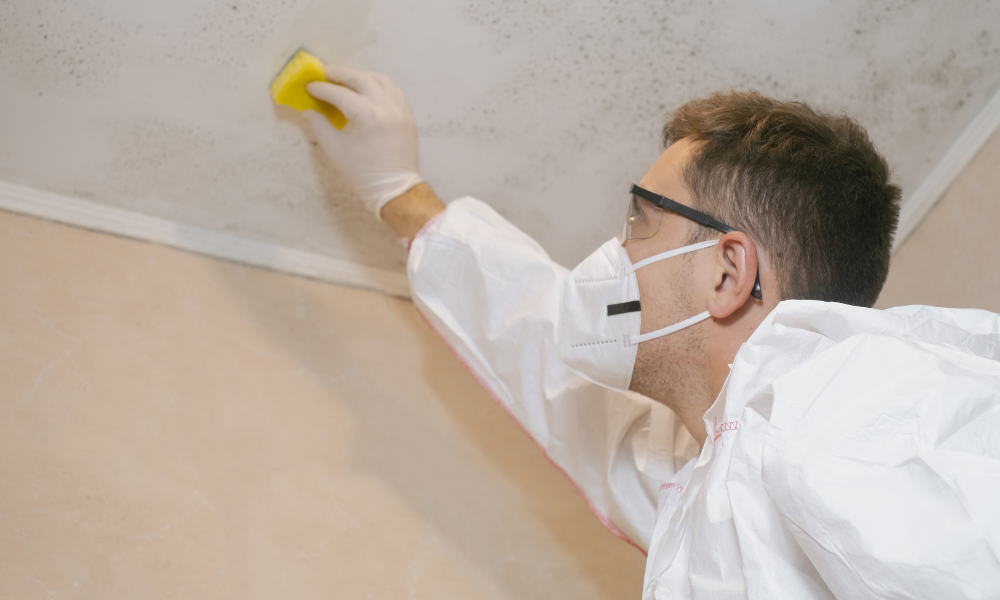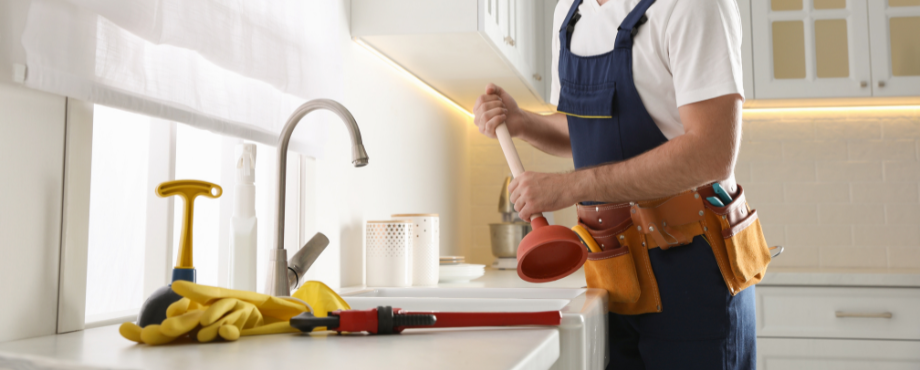How to Fix a Leaking Water Heater
Home » water damage restoration
A water heater is an essential part of the home. It’s responsible for creating hot water for use in bathrooms, kitchens, and laundry rooms. However, when a water heater springs a leak, it can lead to costly water damage. It is crucial to address the issue promptly to avoid further damage. This includes shutting off the water, identifying the source of the leak, securing leaky connections, and fixing or replacing faulty valves. While some repairs can be done by homeowners, it is important to prioritize safety and consult a professional if needed.
How common are water leaks?
In the US, household water leaks are common. About 10,000 gallons of water are wasted each year due to leaks. When plumbing leaks go unfixed, 32,850 gallons of water are wasted. A water heater leak is also a part of these dismal statistics.
How much does it cost to repair the water heater?
Fixing a leaky water heater can vary in price. On average, homeowners spend as low as $90 to upwards of $1,700. The actual repair price depends on the cost of the parts, the water heater technician’s charges, and how long it takes to perform the repair.

How much does it cost to fix water damage?
The cost to repair a leaky water heater is minimal compared to the price of fixing the extensive water damage that results. The average price for water damage restoration is $3,638. However, homeowners can pay as high as $15,000 depending on the source of the water and extent of damage.
How do homeowners fix a leaky water heater?
The cost of repairing water damage makes it clear that addressing a leaky water heater is a priority. Homeowners can tackle the repair themselves when the leak involves replacing a broken part. Some repairs are simple and inexpensive. Potential fixes can extend the life of the water heater for years.
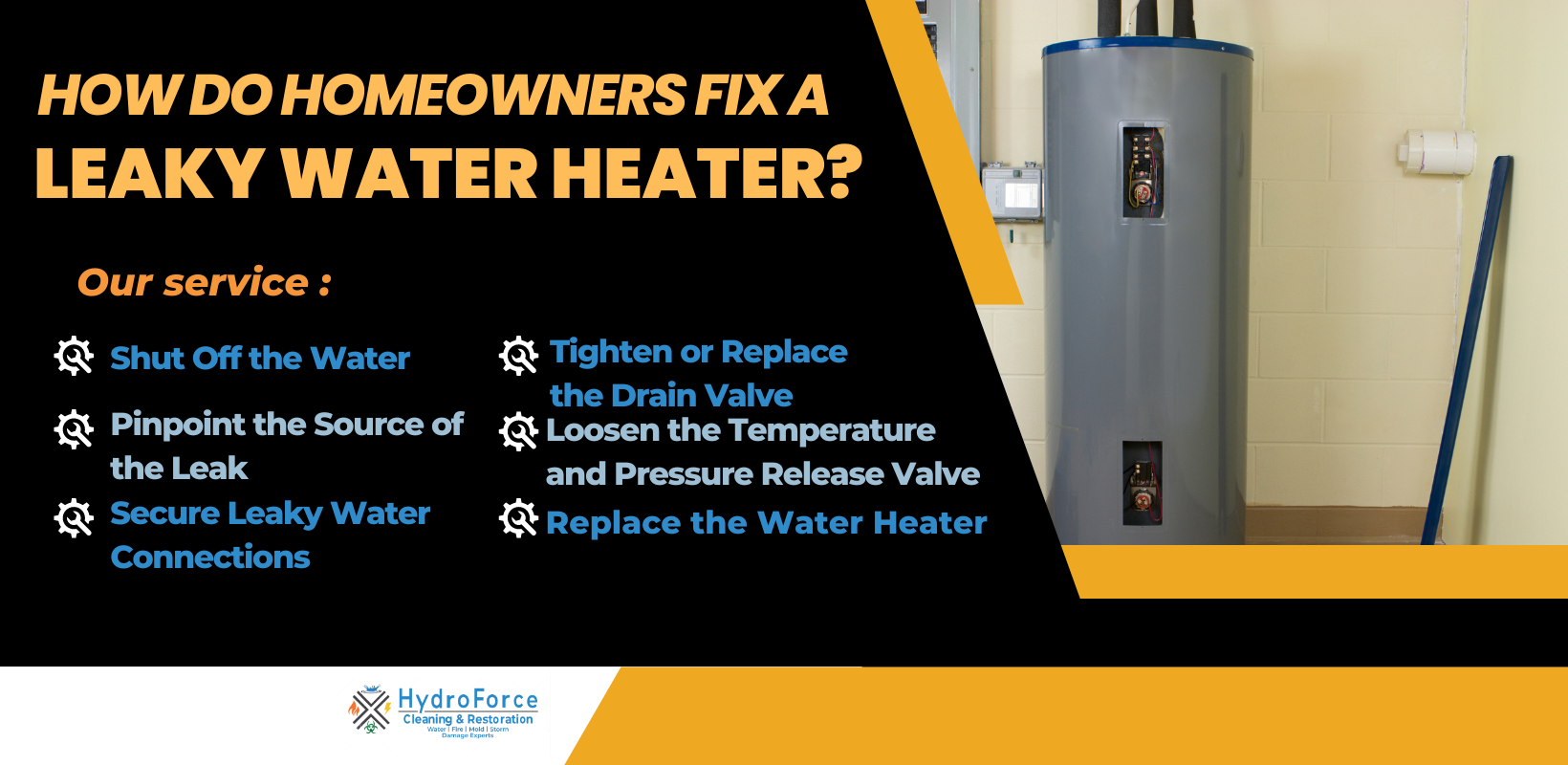
Shut Off the Water
Upon discovering the leak, close the water shutoff valve. Turning off the water prevents additional cold water from flowing in and ruining the tank. Ensure the water is turned off by opening the hot water faucet elsewhere in the home; hot water shouldn’t be flowing.
Pinpoint the Source of the Leak
Fix a leaky water heater by locating the source of the leak. The water supply lines above the water heater can leak, which cause it to appear like the leak stems from the tank. Water supply lines are notorious for wearing out long before the water heater needs replacing.
Secure Leaky Water Connections
The cold and hot water inlets connect to the tank. When either of these loosen, water leaks from the water heater. Tighten the connections with a pipe wrench. Turn off the power supply prior to performing this task, as working with a hot water outlet can be dangerous.
Tighten or Replace the Drain Valve
The drain valve at the bottom of the water heater can leak if it becomes loose over time. This valve allows the homeowner to drain the tank during routine maintenance, such as draining or flushing. Use a pipe wrench to tighten the valve and stop the leak.
Alternately, cap the drain valve with a hose cap to prevent water from dripping out. If the leak continues, the valve may need to be replaced by a professional plumber who will shut off the hot water and drain down the water heater before installing the replacement valve.
Loosen the Temperature and Pressure Release Valve
The temperature or pressure inside the water heater can rise to high levels, prompting the temperature and pressure release valve to kick in. The valve can become stuck in a partially open position, leading to a leak from the water heater.
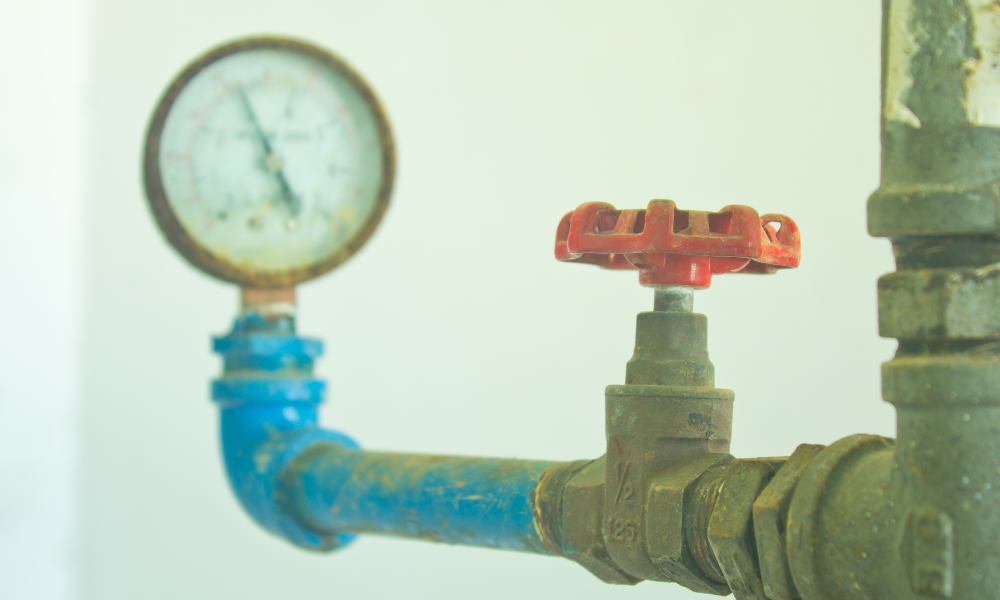
Homeowners are advised to consult a licensed plumber to repair a temperature and pressure release valve that has become stuck. Safety is paramount since handling this valve involves leaks, temperature, and extremely high pressure. A mistake can lead to serious hazards.
Replace the Water Heater
Water escapes through the bottom of the tank when the inner components begin to leak. If the tank itself is ruptured, the leak will be significant, leading to a major flood instead of a steady drip. The leak can’t be fixed and replacing the water heater is the only option.
Regular and preventative maintenance can extend a water heater’s lifespan. Delay the onset of internal water heater leaks by installing a powered anode rod, adding a water heater pan that catches water and reduces water damage to the surrounding areas and cleaning the water heater parts.
Fixing a leaky water heater can be a DIY task. However, homeowners may prefer to consult a plumber due to the risks of electric shocks, burns, and water damage. Prioritize safety when repairing the water heater by following the manufacturer’s guidelines.
When a leaky water heater causes extensive flooding or even a stubborn drip, significant water damage results. Even a water heater that drips once per second spills over eight gallons of water per day. Professionally repair existing water damage with the help of HydroForce Cleaning and Restoration.
Our crews of skilled water damage cleanup technicians arrive promptly, locate the source of the leak and begin the restoration process. We set up powerful water extraction machinery to eliminate all excess moisture, both hidden and visible, from the property. Our drying equipment fully dries the area.
Along with air movers, industrial-grade dehumidifiers are placed throughout the water damaged spaces to accelerate the drying process. Thorough drying and an application of anti-microbials prevent mold colonies from developing. We also deodorize all surfaces and steam sanitize contaminated materials.

Specialists at HydroForce Cleaning and Restoration work quickly to return your water damaged home to its pre-loss state. Water damage restoration is typically completed in three days but varies depending on the severity and extent of the damage. We work with your homeowner’s insurance on claims, too.
Water damage spreads fast, compromising the structural integrity of the home and jeopardizing safety. Consult HydroForce Cleaning and Restoration for emergency service 24 hours a day. We’re proud to serve Chicago, Illinois, and the surrounding areas. Call today for expert, efficient water damage cleanup.
Privacy Policy | Terms & Conditions | 630-835-0862
